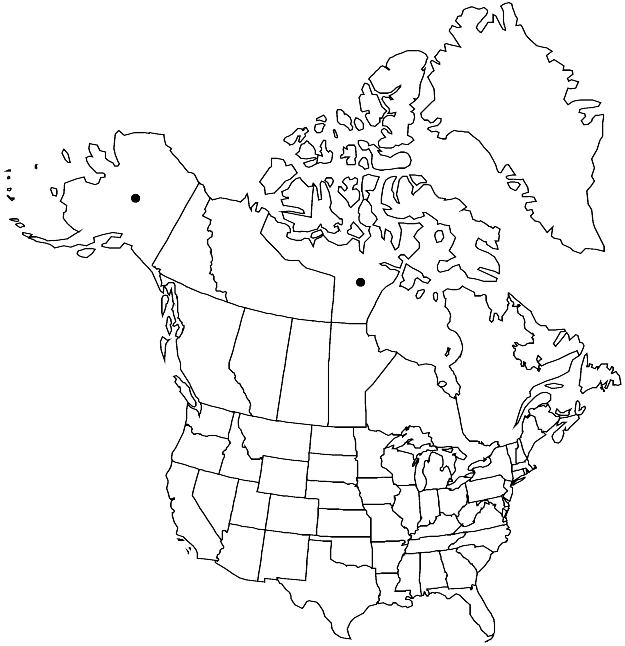Difference between revisions of "Drepanocladus latinervis"
Beih. Bot. Centralbl. 13: 416. 1903.
FNA>Volume Importer |
imported>Volume Importer |
||
| Line 44: | Line 44: | ||
|publication year=1903 | |publication year=1903 | ||
|special status= | |special status= | ||
| − | |source xml=https:// | + | |source xml=https://bibilujan@bitbucket.org/aafc-mbb/fna-data-curation.git/src/bb6b7e3a7de7d3b7888a1ad48c7fd8f5c722d8d6/coarse_grained_fna_xml/V28/V28_463.xml |
|genus=Drepanocladus | |genus=Drepanocladus | ||
|species=Drepanocladus latinervis | |species=Drepanocladus latinervis | ||
Revision as of 22:46, 27 May 2020
Plants small. Stems sparsely and irregularly pinnate. Stem leaves falcate-secund, ovate or broadly ovate, gradually narrowed to apex, ± strongly concave, 1.1–2.1 × 0.5–0.7 mm; base erect or erectopatent, insertion slightly curved; margins entire or very weakly and obtusely denticulate; apex acuminate, acumen gradually differentiated, furrowed; costa single, ending just below mid leaf to 4/5 leaf length; alar region transversely triangular, transversely short-rectangular, or quadrate, reaching from margin 33–66% distance to costa; ratio of medial laminal cell length (µm) to leaf length (mm) 37.6–45.6. Sexual condition dioicous.
Habitat: Calcareous wetlands
Elevation: moderate to high elevations
Distribution

Nunavut, Alaska, n Asia.
Discussion
Considering its wide arctic Asian distribution, Drepanocladus latinervis is most likely more widespread in North America than the two known records indicate. The species is most similar to D. sordidus, which also reaches into the Arctic where D. latinervis occurs. Both species have relatively small alar groups, and the two can be safely separated only on the basis of the ratio of medial laminal cell length (µm) to leaf length (mm), which is much larger in D. latinervis than in any other Drepanocladus species, namely between 37.6–45.6. The few D. latinervis specimens seen, one of which is from North America, are small, with stem leaves 1.1–2.1 × 0.5–0.7 mm, but because D. sordidus is frequently small in the Arctic, plant size is not sufficient for their separation.
Selected References
None.